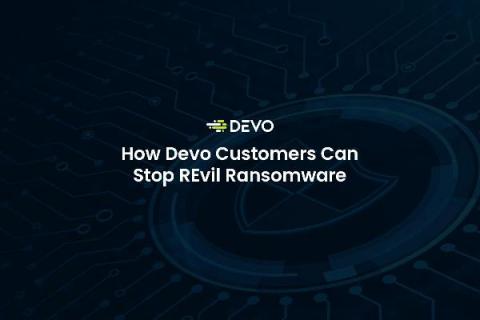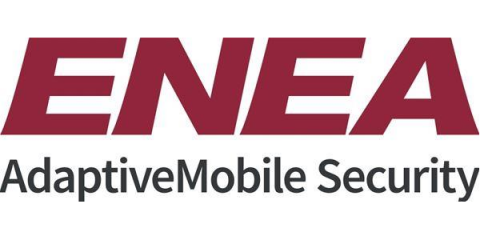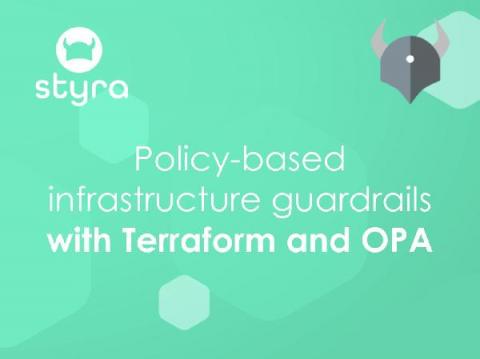Practical CPU time performance tuning for security software: Part 2
In a previous blog, we discussed how to monitor, troubleshoot, and fix high %CPU issues. We also revealed a system API that could have an unexpected impact on CPU consumption. In this episode, we’ll discuss another time-related performance aspect that is unique to security software: application startup time. You don’t need to be a developer to benefit from this article.










